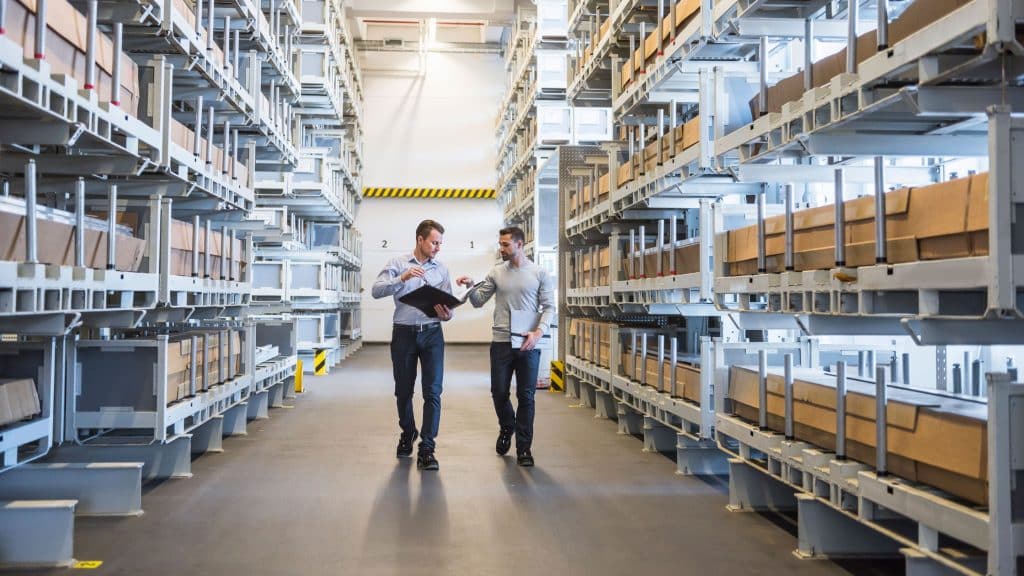For decades, the global supply chain was a marvel of efficiency, optimized for a single goal: delivering goods at the lowest possible cost. It was a system built for a stable, predictable world. Then, that world was turned upside down.
A relentless series of disruptions, from a global pandemic and geopolitical conflicts to climate-related disasters and trade disputes, has exposed the inherent fragility of this hyper-efficient model. The pursuit of “just-in-time” had left no room for “just-in-case.” This has forced a profound and permanent shift in thinking. Today, the most important metric for a supply chain is not just cost, but resilience.
The key to building this resilience lies in a powerful transformation: the move from a traditional, linear supply chain to a dynamic, intelligent, and interconnected Digital Supply Chain. This isn’t just about adopting new software; it’s about fundamentally re-architecting the flow of information and goods for a volatile new era.
For professionals aiming to lead this transformation, the learning curve is steep. Staying ahead requires a commitment to continuous education, and a comprehensive online supply chain management course can provide the critical knowledge on the latest digital tools and resilience strategies needed to thrive.
What is a Digital Supply Chain?
A digital supply chain infuses every link of the network, from raw material sourcing to last-mile delivery, with real-time data, intelligence, and connectivity. It breaks down the traditional silos between suppliers, manufacturers, logistics providers, and customers, creating a single, transparent ecosystem.
Think of it as upgrading the supply chain’s nervous system. Instead of relying on periodic, delayed information from phone calls and emails, a digital supply chain has a constant, live stream of data from IoT sensors, GPS, AI-powered analytics, and collaborative platforms.
The Pillars of a Resilient Digital Supply Chain
Building a resilient supply chain is not about a single solution, but about integrating several key digital capabilities.
- End-to-End Visibility: Seeing the Entire Board
The Problem: In a traditional supply chain, companies often have a blind spot. They might know their direct supplier, but have no visibility into their supplier’s supplier (Tier 2, Tier 3, etc.). A disruption at this deeper level can come as a complete surprise.
The Digital Solution: A digital supply chain uses technologies like blockchain and multi-enterprise networks to create a shared, trusted view of the entire value chain. This “multi-tier visibility” allows a company to see a potential disruption forming deep within its network and proactively switch to an alternative supplier before it impacts production.
- AI-Powered Predictive Analytics: From Reactive to Proactive
The Problem: Traditional supply chains are reactive. A problem occurs, and planners scramble to fix it.
The Digital Solution: Artificial Intelligence (AI) and Machine Learning (ML) act as an early warning system. By analyzing vast datasets (including weather patterns, port congestion, social media trends, and geopolitical news), AI models can predict potential disruptions with a high degree of accuracy. This allows leaders to move from firefighting to strategic planning, mitigating risks before they become crises.
- The Digital Twin: A Virtual Sandbox for Strategy
The Problem: How do you test the resilience of your supply chain without waiting for a real-world disaster?
The Digital Solution: A digital twin is a dynamic, virtual replica of your entire supply chain. Leaders can use this “sandbox” to run stress tests and “what-if” scenarios. “What is the impact of a 20% tariff on our key components?” “How would a closure of the Suez Canal affect our delivery times?” The digital twin provides the answers, allowing companies to identify vulnerabilities and build robust contingency plans.
- Agile and Diversified Sourcing (Glocalization)
The Problem: Over-reliance on a single geographic region for sourcing creates a massive single point of failure.
The Digital Solution: Digital platforms make it easier to identify, vet, and onboard new suppliers from different regions. This allows companies to adopt a more “glocalized” (global + local) strategy, diversifying their supplier base to reduce risk. If one region is disrupted, they can quickly ramp up production with partners in another, ensuring continuity of supply.
The Human Element: Leading the Digital Transformation
Technology is the enabler, but people are the drivers of this transformation. A digital supply chain requires a new kind of leader, one who is data-fluent, technologically savvy, and skilled in strategic risk management.
This is where high-quality, specialized education becomes indispensable. A top-tier supply chain management course in India is no longer just about teaching logistics fundamentals; it’s about cultivating a new generation of leaders who can architect, manage, and lead these complex, data-driven, and resilient digital ecosystems.
Conclusion: Building for a Future of Uncertainty
The era of predictable, low-cost supply chains is over. The future belongs to organizations that can build resilient, agile, and intelligent digital supply chains. By embracing visibility, leveraging the predictive power of AI, and diversifying their networks, businesses are not just preparing for the next disruption; they are building a sustainable competitive advantage in a world where uncertainty is the only certainty. This transformation is not just a strategic choice; it’s an absolute necessity for survival and success in the 21st century.







